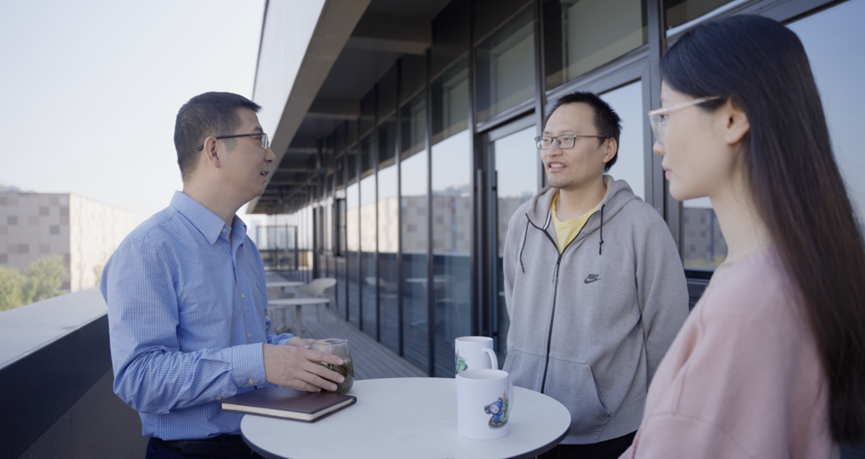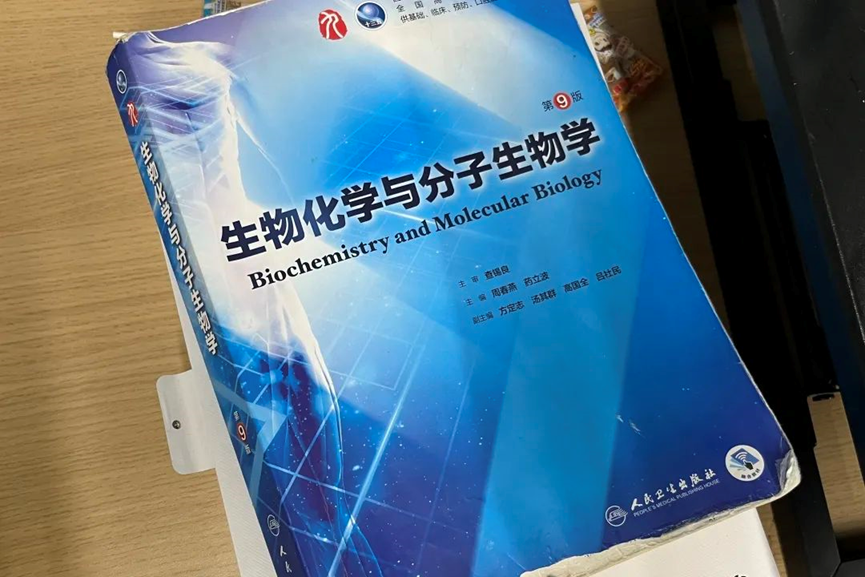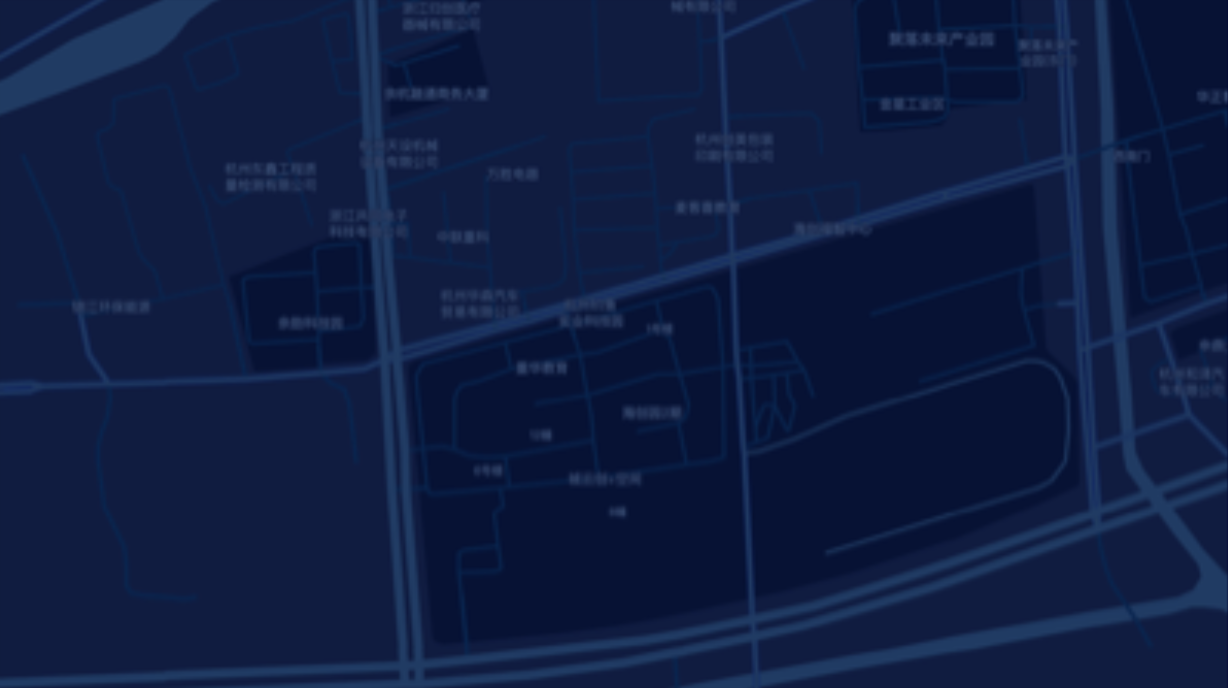

It is nothing uncommon to see members of the computational genetics team in the coffee bar of Zhejiang Lab.
Some members who do research in biology are accustomed to identifying patterns in experiments, while those who do research in computer science are adept at solving problems with algorithms. They differ greatly in terms of research methodology and discourse system. However, when sitting together, they share the same goal, that is, to broaden the spectrum of life science research and improve research efficiency.
"Go for A Coffee"
TANG Jin has lost count of how many times he's had coffee with Prof. HUANG Xingxu, a senior expert in gene editing and also the Lab's Chief Scientist for computational genetics. TANG Jin has many years of experience in the field of computing, but he is really a new entrant to the field of genetics and biology.
"Mr. HUANG has taught me a lot, about the basics of biology and, more importantly, broad prospects for integrated innovation in biology and computing," TANG Jin said.
Biological research has such a long cycle that an experiment may last for months; computers can work very fast, and it takes only a few seconds to get a result. "Computing generally involves lots of universality and speed, and may produce thousands of candidate sets in two days. It gives more exploration room for biological research," TANG Jin said.
However, the combination of the two also faces challenges. "Computational results are for reference only and must be functionally validated by wet lab experiments." TANG Jin said, "The success rate of an experiment depends on computational accuracy. With an accuracy of 5%, 20 biological experiments will be run until the first success; if the accuracy is improved to 10%, it means we should run 10 experiments to have one success."
"We have always helped each other. Computing aims to help biological scientists improve their efficiency, while biological research must raise a reasonable and well-defined question."
Exchange and collision is the critical first step to effective teamwork. In the computational genetics team, HUANG Xingxu always likes to invite his colleagues from different areas of study and backgrounds to "have a coffee", to "tell biological researchers about boundaries of computing and tell computing researchers about biology", and then strike up an integrated innovation with a clear goal.

Catalyze Innovation
The "coffee break" sparks new ideas and catalyzes innovation in our team.
"They offer some very pertinent suggestions from the perspective of biological needs. These exchanges and collisions will bring me something I would not have thought of from a computational perspective." At present, by combining molecular dynamics simulation with AI technology, CHEN Qinchang has developed an off-target prediction and optimization tool CRISOT, which can effectively assist researchers in improving the efficiency of CRISPR gene editing and promote the clinical applications of related technologies.
Enhancing the degradation efficiency of PET plastic degrading enzymes is the result of another integrated innovation by the computational genetics team.
"At present, chemical degradation is commercially widely used. The biological approach to enzymatic degradation of plastics is more environmentally friendly, but it is not much used because it is less efficient than the chemical approach," said HU Jie, one of the key participants in the project.
Improving enzyme activity by modifying amino acids is the key to the popularization and application of the biological approach. "But there is tremendous solution room for the modification of amino acids." HU Jie said, "If an enzyme is more than 400 amino acids long, and if 19 other mutations are introduced one by one into more than 400 sites, the number of experiments we should run would be unimaginable."
By introducing a graph network model and combining it with the patterns of amino acids distributed in a natural microenvironment, HU Jie proposed 10 possible mutations based on deep learning and experimental capacity. Finally, the experiments confirmed that many of these mutations can improve PET plastic degradation rate by over 80%.
"In general, biological researchers may not have a lot of experience in enzyme modification, and their research efficiency will be greatly improved with computing. Of course, when doing calculations, they also need to filter mutations based on their biological knowledge." On HU Jie's desk is a molecular biology book with worn-out covers. This is the textbook he studied as an undergraduate, and now he has begun handling the book frequently. Understanding biology, improving computational accuracy, and increasing efficiency with fewer experiments are his goals, and are also the common goals that the computational genetics team is working toward.












